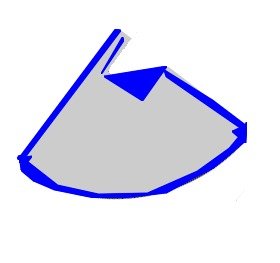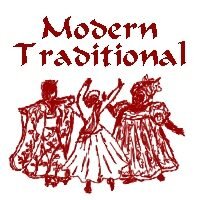Back in the day, I’m told that one branch of my ancestors, the Iswa, also called the Catawba, used to wear anklets made from turtle shells, to rattle while we danced. These days, it might be difficult to find them in some places, and there also aren’t so many turtles to spare. So many of us have learned to make due with what’s around, and there are lots of tin cans.
So we sometimes make our dancing bells from tin can tops. Please make sure to wear sturdy work gloves when doing this project, to avoid cutting your hands.
Using metal cutters or a sturdy pair of scissors you don’t care much about, cut a round tin can top into quarters.
 Cut a small notch about half a centimeter along one side. This is the future “ring” that will allow you to secure your bell to the hem of your dress, or an anklet or bracelet.
Cut a small notch about half a centimeter along one side. This is the future “ring” that will allow you to secure your bell to the hem of your dress, or an anklet or bracelet.
 Using pliers and a mallet, fold the corner that is under the future ring, straight down.
Using pliers and a mallet, fold the corner that is under the future ring, straight down.
 Likewise, fold down all of the remaining sharp sides.
Likewise, fold down all of the remaining sharp sides.
 Using a needle nose pliers, curve the metal around, so that it forms a cone.
Using a needle nose pliers, curve the metal around, so that it forms a cone.
Curve the strip that is sticking up at the top, under, so that it is partially tucked into the top of the cone.
These should be spaced about an inch or so apart at the hems of a garment, or anyplace else that shakes when you move.
Heavier tin can tops such as you would take off a can of vegetables make a deeper, stronger sounding rattle-ring while dancing.
Snuff or pomade tin tops will make a lighter sound that many women like.
I personally do not like the sound of the pre-molded cone bells. Besides, they are available ready made by craft artists who make them the right way.
Good luck on your cone bell making projects 🙂
Please support indigenous Americans in gaining justice and reparations by sharing the causes when you share the art. Cultural exchange is distinguished from cultural appropriation by what you give back to the cultures, not what you gained from them. Though cone bells may not be exclusive to Indigenous Americans, if you learned about them or to make them from here, you learned this from and because of Indigenous Americans despite centuries of oppression and cultural erasure. So this deserves some mention.











